Delaware • New Jersey • Pennsylvania
New York • United States of America
- Introduction
- American Eel
- American Shad
- Atlantic Sturgeon
- Bald Eagles
- Freshwater Mussels
- Horseshoe Crabs
- Macroinvertebrates (Aquatic Bugs)
- Invasive Species
- Other DRB Creatures
The Delaware River Basin is home to a large variety of plants, wildlife and aquatic life, including more than 400 bird species and more than 100 species of fish.
Many species are native to the Basin. However, others are non-native or invasive species.
- Non-native species originated elsewhere and have been introduced to the area where they now live.
- Invasive species outcompete other species, causing damage to the ecosystem; most invasives are non-native, but there are instances in which a native species can be considered invasive.
Some of the Basin's living resources are considered threatened or endangered and are protected by state and federal regulations.
- In Sept. 2021, DRBC gave a presentation on water quality that included a discussion of estuary fisheries at the 9th Annual Delaware River Watershed Forum (pdf)
Information is provided below on several key species in the Delaware River Basin.
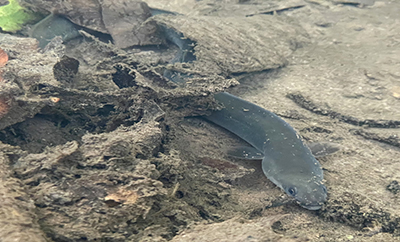 |
| An American eel. Photo by the DRBC. |
American eels, Anguilla rostrata, are a species of fish that are found in various freshwater and estuarine waterways in the Delaware River Basin, from rivers and creeks to lakes and ponds.
American eels are catadromous, which means they are born in the ocean, live as adults in freshwater and return to the ocean to reproduce. All eels reproduce/are born in the same place - the Sargasso Sea, which is a part of the Atlantic Ocean.
The Delaware River is home to a relatively good eel population because there are no dams on its mainstem to prevent the eel's upriver migration.
American Eel Life Cycle
After hatching in the Sargasso Sea, American eel larvae travel on ocean currents to the U.S. eastern seaboard. These larvae are called glass eels because of their translucent bodies.
As they travel up estuaries and into rivers, they continue to grow and change color, from translucent to gray (called elvers) to yellow to silver. Maturity can take up to 20 years!
Once mature and the weather starts to turn colder, American eels will begin their journey down rivers and into the Atlantic Ocean, back to the Sargasso Sea.
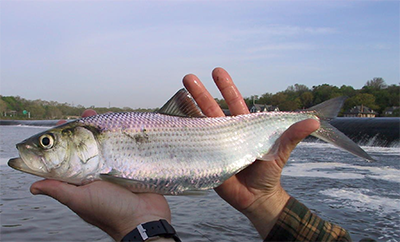 |
| An American shad. Photo: DRBC archives. |
American shad, Alosa sapidissima, are the largest North American member of the herring family. Adults commonly reach four to eight pounds. They fill an important role in the food chain as predator and prey.
They are an anadromous fish, which means they are born in freshwater, like the Delaware River, live for several years in the ocean and return to the river in which they were born to spawn (lay their eggs).
Female shad are called roes; males bucks.
Shad Life Cycle
After hatching in the spring, the young shad (called "fry") grow rapidly, feeding on freshwater plankton and aquatic insects.
Decreasing water temperatures in the late summer and early fall trigger a mass migration downriver to the ocean.
Once in the ocean, where they live most of their lives, shad will migrate up and down the coast, from their winter range off the mid-Atlantic to their summer range in the Bay of Fundy, off Nova Scotia.
After three-to-five years at sea, American shad will return in the spring to the river of their birth to spawn. They feed heavily prior to spawning and do not eat during their trip "home."
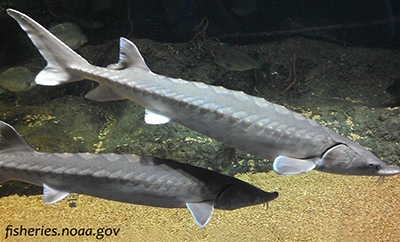 |
| Atlantic Sturgeon. Image courtesy of fisheries.noaa.gov. |
Atlantic sturgeon, Acipenser oxyrinchus, belong to a category of ancient bony fishes, which may live up to 60 years, reach lengths up to 14 feet and weigh over 800 pounds.
Atlantic sturgeon are anadromous, which means they are born in freshwater, like the Delaware River, live in the ocean until they reach maturity and return to the river in which they were born to spawn (lay their eggs).
In the Delaware River, they spawn in the freshwater portion of the estuary, on the river's bottom. Juveniles will spend several years in the river before moving out to the Atlantic Ocean.
After spawning, sturgeon will return the ocean; they can make multiple spawning runs during their lifetimes.
Sturgeon in the Delaware River
Delaware River sturgeon were once the largest population on the Atlantic Coast. They were very popular for their eggs. In the late 1800s, Philadelphia was considered the "caviar capital of North America." Subsequent over-fishing, habitat loss and water quality issues led to dramatic reductions in their numbers.
In 2012, the federal government listed all five distinct population segments of Atlantic sturgeon as endangered or threatened; the Delaware River is part of the "New York Bight" and is considered endangered.
Mortality from shipping traffic strikes, impaired habitat and water quality all threaten current populations. While recent Delaware River Basin-specific surveys have indicated some spawning success, additional research is needed for future predictions on species recovery.
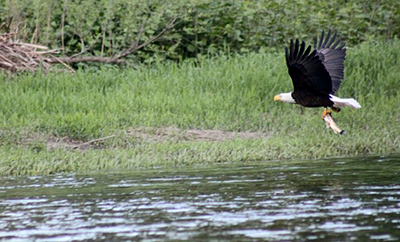 |
| A bald eagle catches a meal. Photo by Michael Porter. |
Today, Bald eagles, Haliaeetus leucocephalus, are found in every state in the Delaware River Basin.
One very important reason for the return of the eagle was the federal government's decision in 1972 to ban the manufacturing of DDT in the United States.
Programs by the DRBC and other agencies and organizations to keep the river and its tributaries clean, the fish abundant, and the habitat undisturbed also have been a big help in the recovery of the bald eagle population throughout the basin.
Predominantly fish eaters, bald eagles typically build their nests and live near water.
Bald Eagles in the DRB
In addition to its resident populations, the Basin also is home to wintering bald eagles, those that spend the winter here to fish in waters that aren't frozen all season long.
In fact, the 120-mile stretch of the Delaware River from Hancock, N.Y. to the Delaware Water Gap is one of the largest and most important inland bald eagle wintering habitats in the Northeastern United States.
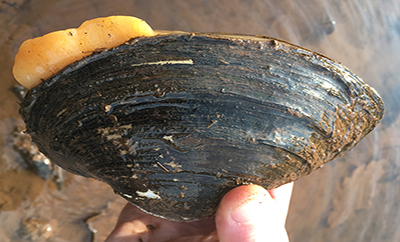 |
| Photo of a creeper, a freshwater mussel. Photo by DRBC. |
Freshwater mussels are bivalve mollusks that live along, and in, the sandy bottoms of rivers, streams and lakes. They help stabilize erosion, and as filter-feeders, freshwater mussels clean the water in which they live, improving water quality and enriching habitat.
They are considered one of, if not the, most at-risk animal group in the United States, with many species considered threatened or endangered by state and federal governments.
One reason for their decline is their complicated reproduction strategies, which are dependent on fish hosts.
Freshwater Mussels in the DRB
There are over a dozen species of freshwater mussels which are native to the Delaware River Basin, but, like in other parts of the country, their populations have dwindled over time.
Examples include the creeper, Strophitus undulatus, yellow lampmussel, Lampsilis cariosa, eastern elliptio, Elliptio complanata, and dwarf wedgemussel, Alasmidonta heterodon.
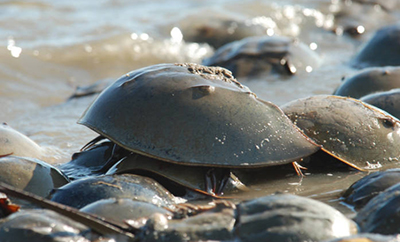 |
| Horseshoe crabs. Photo courtesy of USFWS. |
Horseshoe crabs, Limulus polyphemus, are one of the oldest creatures on the planet. Did you know they have been around since the time of the dinosaurs?
Little has changed in those 300+ million years.
Horseshoe crabs are more closely related to spiders than crabs.
The Delaware Bay is home to the largest population of spawning horseshoe crabs in the world.
Horseshoe Crab Life Cycle
Every spring, warming waters stir the crabs from the depths of the Delaware Bay and Atlantic Ocean to the sandy coastlines of Delaware and New Jersey. At the high tides of the full and new moons, female horseshoe crabs come ashore to lay their eggs. Waiting at the tide line, a male grabs hold of the female’s shell.
The female digs a shallow nest in the sand and lays up to 20,000 small, olive-green eggs. Next she drags the male over top to fertilize the eggs. Then they cover the eggs with sand and return to the water.
After two to four weeks, the 1/8 inch-long juvenile crabs hatch, dig to the surface, and head for the water. Feeding on tiny worms, clams and dead fish, the young crabs continue to grow and molt until they reach sexual maturity around 10 years of age. Females typically attain larger sizes than males. It is believed that they live up to approximately 20 years.
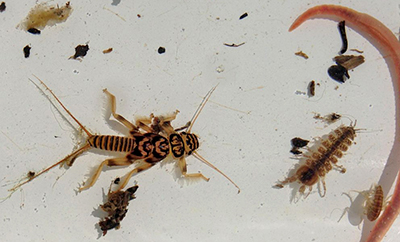 |
| Macroinvertebrates collected for an educational lesson. Photo by DRBC. |
Benthic macroinvertebrates are bottom dwelling (benthic) animals and insect larvae that you can see without a microscope (macro) and don't have a backbone (invertebrate).
Simply, they are aquatic bugs.
They live in streams, lakes and rivers attached to rocks, vegetation and other plant debris or burrowed into the bottom sand and sediments.
Examples include aquatic insects, worms, crayfish, clams and snails.
They are an important part of the food chain. They feed on leaves and algae and fish feed on them.
A Clean Water Indicator
Macroinvertebrates are used by scientists as a biological indicator of water quality. Some are very sensitive to pollution and others are more tolerant. When more pollution-sensitive species are found in a waterbody, it is a positive sign that the water is clean.
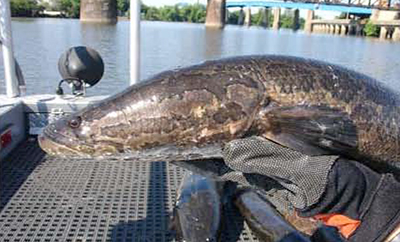 |
| A Northern snakehead, a DRB invasive. Photo courtesy of the Philadelphia Water Department. |
Invasive species are animals, plants or other organisms introduced (intentionally or accidently) into habitats outside their natural environment.
Their introduction into new habitats is currently one of the greatest impacts to biodiversity and species extirpation (localized extinction), as invasive species often compete with or kill native species.
Their presence can also further weaken ecosytems already impacted by pollution and habitat fragmentation.
One of the most common reasons for the introduction of a new species is horticulture. Other species are generally introduced through means of farming, hunting, fishing or even as new exotic pets.
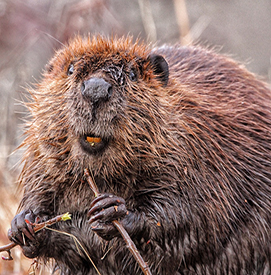 |
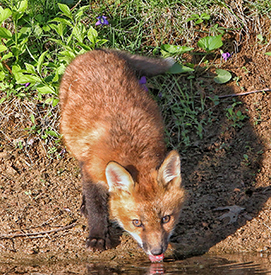 |
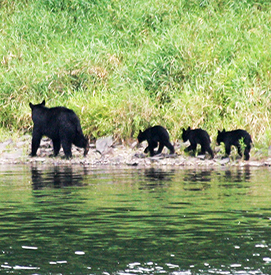 |
| Beaver by John Fallon | Fox by John Fallon | Bears by Delaware River Sojourn |
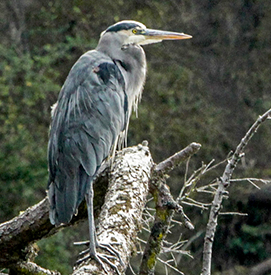 |
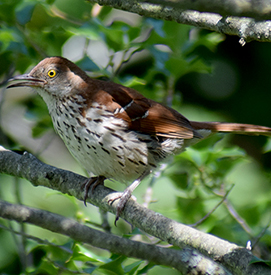 |
 |
| Great Blue Heron by Scott Sharadin | Brown Thrasher by Carla Kelly Mackey | Osprey by Barry Blust |
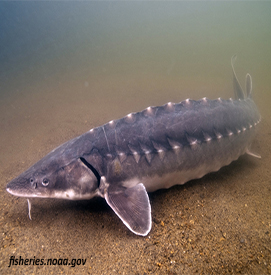 |
 |
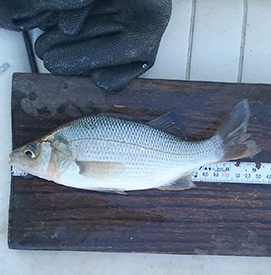 |
| Shortnose Sturgeon. Photo courtesy fisheries.noaa.gov |
Trout caught by DRBC staff | White Perch caught by DRBC staff |
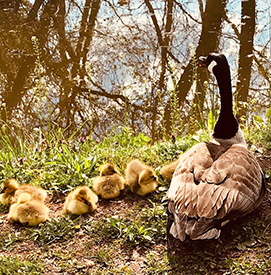 |
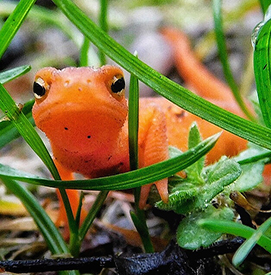 |
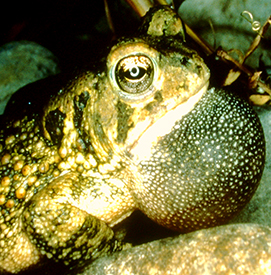 |
| Geese along the Delaware Canal by Howard Glatter |
Red Spotted Newt by Janice Annunziata |
Fowler Toad by the DRBC |
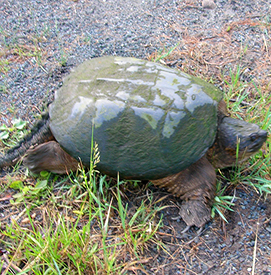 |
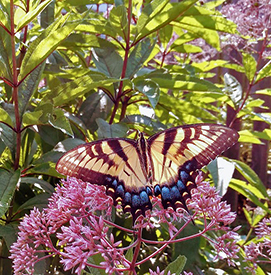 |
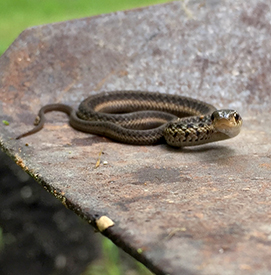 |
| Snapping Turtle by the Delaware River Sojourn |
Eastern Tiger Swallowtail by the DRBC |
Snake by Samantha Baisley |
 |
 |
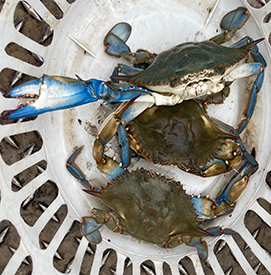 |
| Fawns by the DRBC | Bumblebee on a Daisy by the DRBC | Blue crabs by the DRBC |
 |
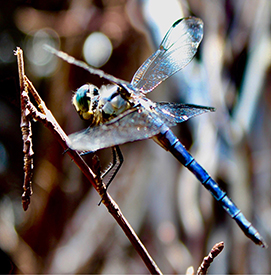 |
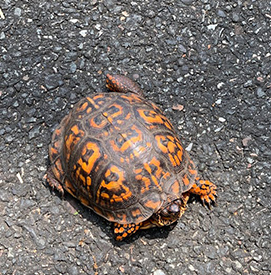 |
| A catfish caught by DRBC staff | Dragonfly by Gavin Munro | Eastern Box Turtle by the DRBC |
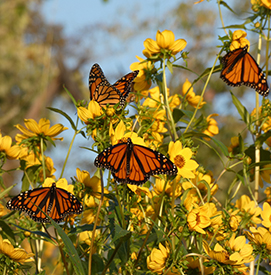 |
 |
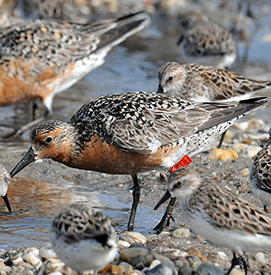 |
| Monarch butterflies by John Anderson | Turkeys by the DRBC | Red Knots by Greg Breese, USFWS |
Copyright © Delaware River Basin Commission,
P.O. Box 7360, West Trenton, NJ 08628-0360
Phone (609)883-9500; Fax (609)883-9522
Thanks to NJ for hosting the DRBC website